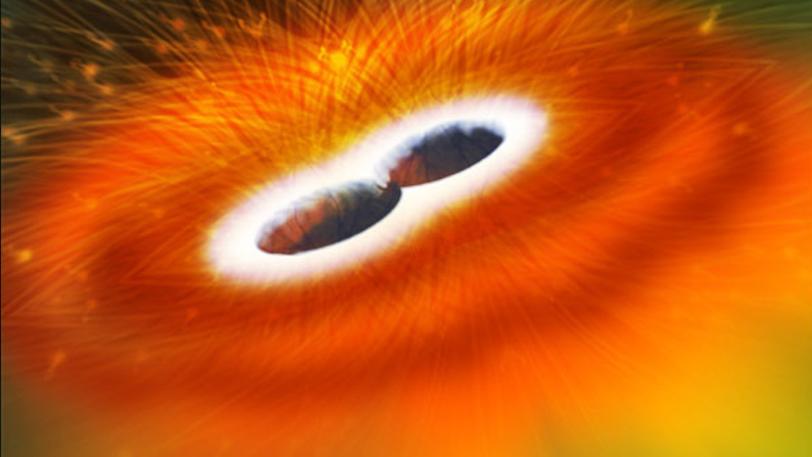On September 14, 2015, the Advanced Laser Interferometer Gravitational-wave Observatory (LIGO) made the first direct measurement of a gravitational wave coming from deep space. That wave was generated by the collision of two black holes about 1.3 billion light-years from Earth. As the black holes violently merged, they released as much energy in a fraction of a second as our entire galaxy emits in 4,000 years. But by the time the resulting gravitational wave reached Earth it was tiny, stretching the 4-kilometer-long LIGO detectors by just a tiny fraction of the diameter of a proton. How can scientists be sure they have seen such a tiny effect? What can it tell us about one of the most violent events in the universe? Can we expect to see more gravitational waves, opening up a new type of astronomy? Brian Lantz discusses the implications of the gravity wave observation and the remarkable instruments that made it possible.
Gravitational Waves: The Sound of Black Holes Colliding
Presented by Brian Lantz
About Brian Lantz
Brian Lantz began working on LIGO in 1990 as an undergraduate student in Rai Weiss’s lab at MIT, where he received his PhD for LIGO-related research.
Lantz then moved to Stanford to join the group of Robert Byer and Martin Fejer. There he ran the Engineering Test Facility to develop advanced concepts for LIGO and, with Dan DeBra, led research for the Advanced LIGO seismic isolation system.
Today, he is a senior research scientist at Stanford and lead scientist for the seismic isolation systems that support the optics of Advanced LIGO. He also chairs the LIGO Scientific Collaboration’s working group on seismic isolation systems for the next generation of gravitational wave detectors – a role that involves precision engineering, servo control, precision measurements, interferometer operation and making big physics experiments work.
Gravitational Waves: The Sound of Black Holes Colliding
Presented by Brian Lantz

Gravitational Waves: The Sound of Black Holes Colliding
Public lecture presented by Brian Lantz
SLAC National Accelerator Laboratory
12:30–1:30 p.m. PDT